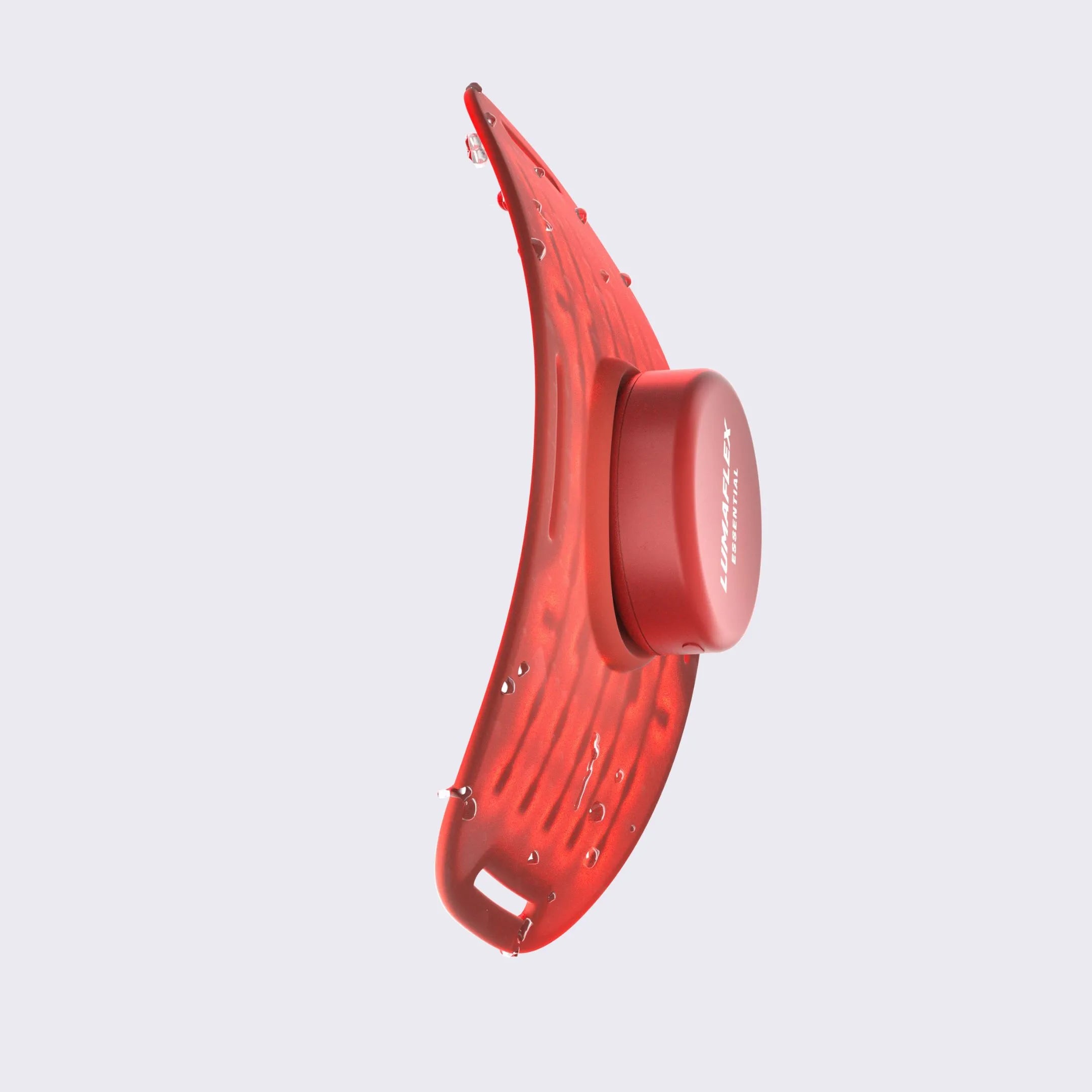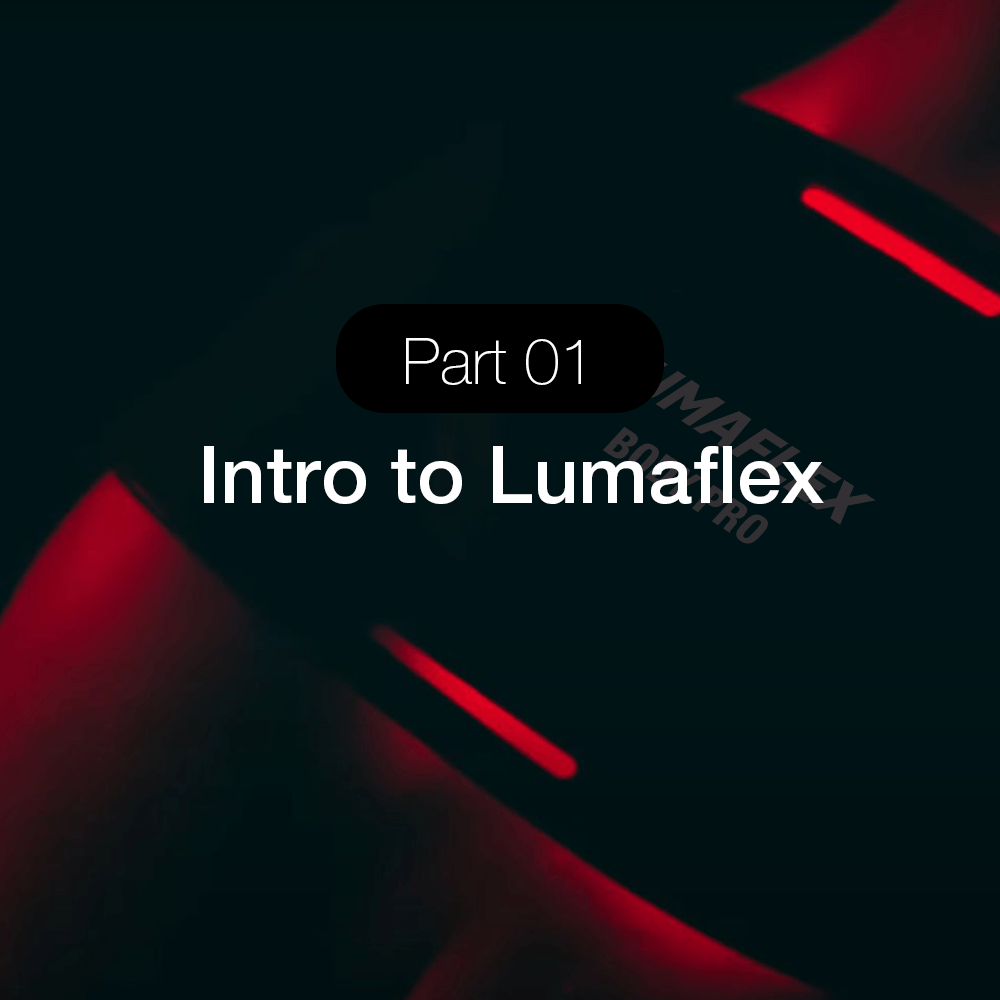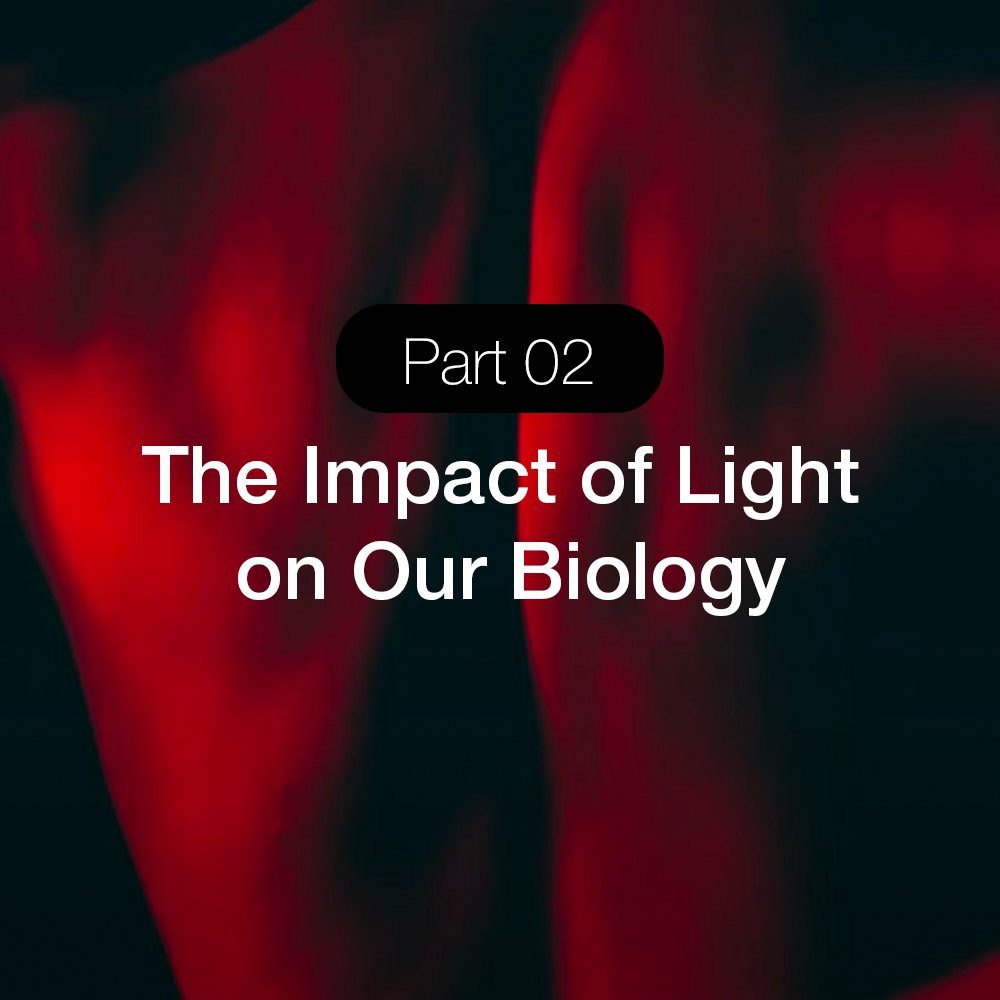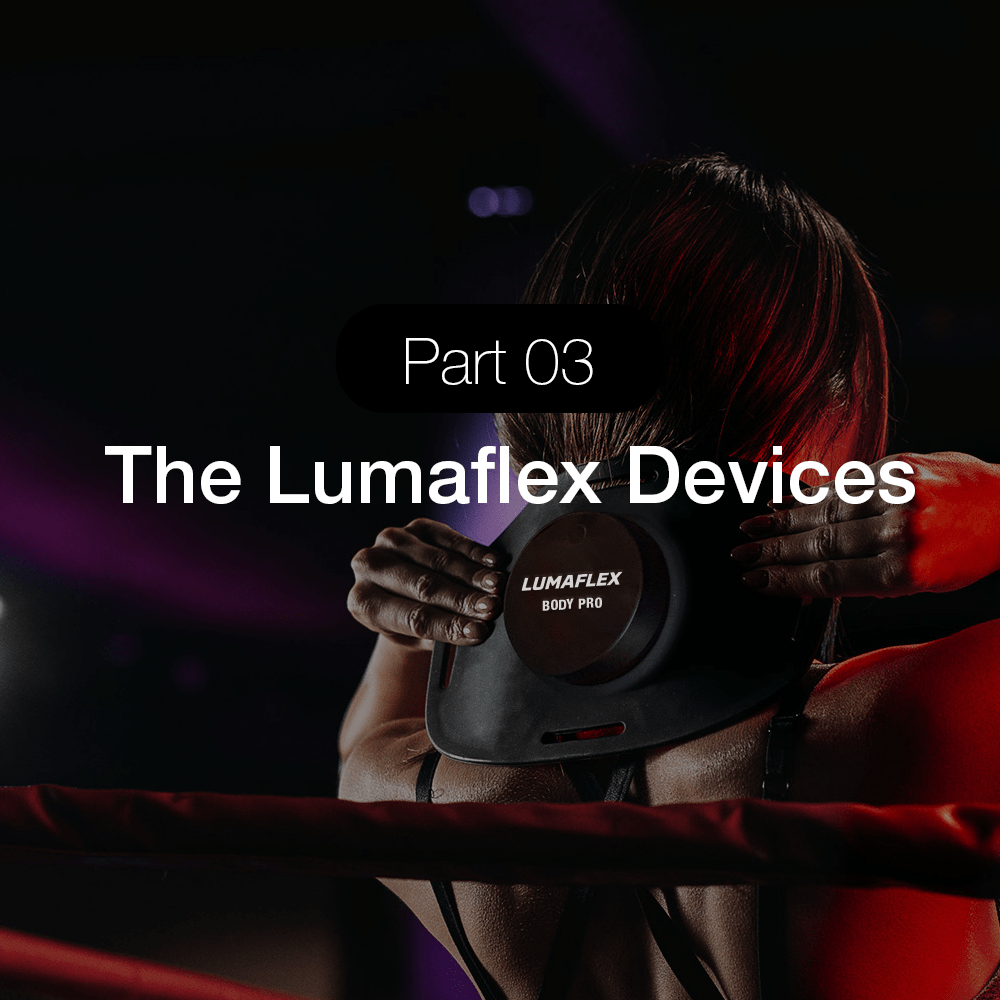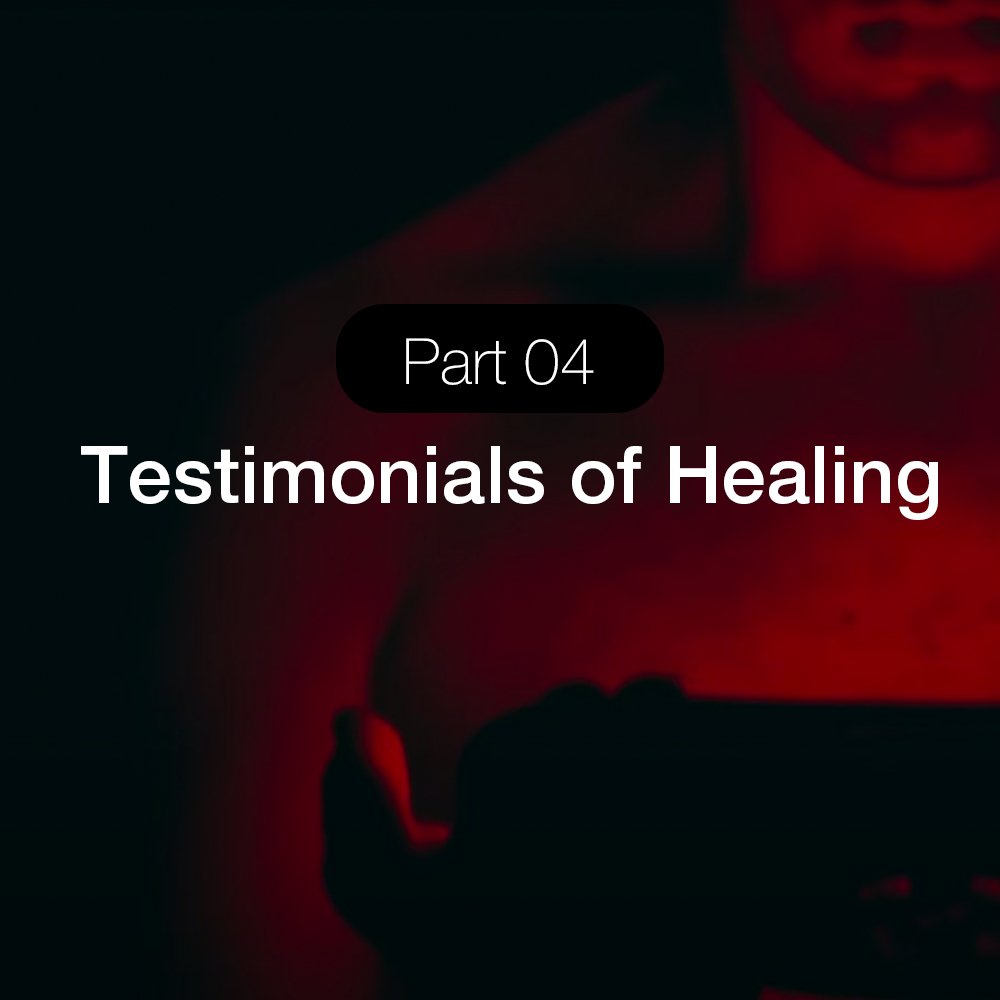A Meta-analysis: Red Light Therapy and Cancer Risk

Red light therapy does not cause cancer and appears to be oncologically safe when used with appropriate clinical parameters. Current scientific evidence, regulatory guidance, clinical trials, and expert consensus consistently demonstrate that red light therapy, unlike UV radiation, does not increase cancer risk and may even provide anti-cancer benefits in certain contexts.
Table of content
- 1. Current scientific evidence strongly supports safety
- 2. Regulatory agencies endorse safety for approved uses
- 3. Clinical trials demonstrate excellent safety profile
- 4. Expert consensus supports safety with appropriate precautions
- 5. Safety varies by treatment parameters and populations
- 6. Comparative risk analysis favors red light therapy
- 7. Current safety guidelines emphasize appropriate use
- 8. Limitations and ongoing research needs
- 9. Conclusion and recommendations
- 10. References
Current scientific evidence strongly supports safety
The most comprehensive systematic review analyzed 67 studies examining red light therapy safety in cancer contexts, finding no evidence that photobiomodulation therapy increases cancer risk. Multiple clinical trials with extended follow-up periods showed no negative impact on cancer treatment efficacy or survival rates. In fact, cancer patients receiving red light therapy for side effect management demonstrated better survival outcomes compared to controls.
Mechanistic evidence reinforces safety: Red light therapy operates at wavelengths (660-850nm) that lack sufficient energy to damage DNA directly, unlike UV radiation. The therapy works by stimulating mitochondrial cytochrome c oxidase, increasing cellular energy production and enhancing repair mechanisms without causing chromosomal damage or mutations. Studies confirm that red light therapy can actually enhance DNA repair mechanisms and improve cellular resistance to oxidative stress.
Recent research reveals potential anti-cancer effects rather than cancer promotion. Studies show that appropriate doses of red light therapy can induce cancer cell death while sparing normal cells. For example, 660nm LED light reduced breast cancer cell viability by 40% in laboratory studies, while high-fluence red light therapy decreased melanoma cell proliferation and increased programmed cell death.
Regulatory agencies endorse safety for approved uses
The FDA classifies red light therapy devices as Class II medical devices with established safety requirements. Multiple devices have received 510(k) clearance, and the FDA's 2023 draft guidance provides comprehensive safety standards. Importantly, FDA warning letters have focused on unapproved marketing claims rather than safety concerns about cancer causation.
The American Academy of Dermatology states that red light therapy appears safe and doesn't involve cancer-causing UV radiation. International regulatory bodies including Health Canada, the European Medicines Agency, and Australia's Therapeutic Goods Administration have established safety frameworks supporting appropriate clinical use.
Clinical trials demonstrate excellent safety profile
Human clinical studies consistently show no serious adverse events related to red light therapy. Phase III trials involving thousands of patients found no tumor progression or new malignancies. The most significant finding comes from extensive use in cancer supportive care: The Multinational Association for Supportive Care in Cancer (MASCC) formally recommends red light therapy for oral mucositis management in cancer patients.
Animal studies using cancer models show no acceleration of tumor growth with red light therapy. A controlled study using mice with pre-existing UV-induced skin cancers found no statistically significant difference in tumor growth between treated and control groups.
Expert consensus supports safety with appropriate precautions
Leading experts including Dr. Michael Hamblin from Harvard Medical School, who has published over 700 peer-reviewed articles on photobiomodulation, states there is "no evidence that red light therapy causes cancer in humans." The World Association for PhotobiomoduLation Therapy's 2022 position paper concludes that over 20 years of clinical use demonstrates safety and effectiveness.
Oncology experts actively use red light therapy at major cancer centers including MD Anderson for pain management and treatment side effects. However, they recommend avoiding direct application over active tumor sites as a precautionary measure, though this is based on theoretical concerns rather than documented harm.
Safety varies by treatment parameters and populations
Wavelength-specific risk profiles exist, with 660nm red light considered safest due to minimal tissue penetration, while 850nm near-infrared light requires more careful dosing due to deeper tissue interaction. Clinical safety parameters include:
- Safe power density: 10-100 mW/cm² for most applications
- Appropriate exposure time: 10-30 minutes per session
- Recommended frequency: 3-5 sessions per week
- Energy density: 1-6 J/cm² for therapeutic applications
High-risk populations require special consideration. Active cancer patients should avoid direct treatment over tumor sites but can safely receive red light therapy for supportive care under medical supervision. Patients on photosensitizing medications (tetracyclines, lithium, certain antibiotics) face increased sensitivity and require dose adjustments. Individuals with darker skin tones may be more sensitive to visible light and require modified protocols.
Comparative risk analysis favors red light therapy
Unlike UV radiation, which has established carcinogenic properties, red light therapy operates at non-ionizing wavelengths that cannot break chemical bonds in DNA. Compared to other light therapies:
- UV therapy: Established cancer risk factor
- IPL (Intense Pulsed Light): 25+ years of safety data with no credible cancer risk
- Blue light therapy: FDA-approved for medical use, including cancer treatment applications
Current safety guidelines emphasize appropriate use
Medical organizations recommend:
- Professional consultation before starting treatment, especially for those with medical conditions
- FDA-cleared devices only for home use
- Eye protection mandatory during all treatments
- Medical supervision required for cancer patients
- Avoid direct tumor treatment as precautionary measure
Limitations and ongoing research needs
While current evidence is reassuring, long-term safety data beyond 12 months remains limited. Most studies focus on short-term applications, and very long-term epidemiological studies of regular users are needed. Additionally, standardization of treatment parameters across different applications would strengthen safety recommendations.
The theoretical concerns raised by some laboratory studies using isolated cancer cells have not been substantiated in human clinical experience. In vitro findings often fail to translate to clinical risk due to the absence of immune system interactions and normal tissue microenvironment factors.
Conclusion and recommendations
Red light therapy presents no credible cancer risk when used according to established clinical protocols. The convergence of mechanistic evidence, clinical trial data, regulatory approval, and expert consensus strongly supports its safety profile. For cancer patients, red light therapy offers significant benefits for managing treatment side effects under appropriate medical supervision.
Key recommendations include: using only FDA-cleared devices, following established treatment parameters, obtaining professional consultation for high-risk populations, and avoiding direct treatment over active tumor sites as a precautionary measure. The evidence suggests that red light therapy, when properly administered, represents a safe and potentially beneficial therapeutic modality without the cancer risks associated with UV radiation exposure.
The Lumaflex Body Pro is an FDA cleared RLT device using red light wavelength 630nm + infrared wavelength 850nm to relieve pain effectively. It is a comprehensive, reliable, and effective solution with 10 international quality certifications and 9 design awards.
References
- Bensadoun RJ, Epstein JB, Nair RG, Barasch A, Raber-Durlacher JE, Migliorati C, Genot-Klastersky MT, Treister N, Arany P, Lodewijckx J, Robijns J; World Association for Laser Therapy (WALT). Safety and efficacy of photobiomodulation therapy in oncology: A systematic review. Cancer Med. 2020 Nov;9(22):8279-8300. doi: 10.1002/cam4.3582. Epub 2020 Oct 26. PMID: 33107198; PMCID: PMC7666741.
- Graeme Ewan Glass, Photobiomodulation: A Systematic Review of the Oncologic Safety of Low-Level Light Therapy for Aesthetic Skin Rejuvenation, Aesthetic Surgery Journal, Volume 43, Issue 5, May 2023, Pages NP357–NP371, https://doi.org/10.1093/asj/sjad018
- Luitel B, Duggisani T, Luitel A, LaRocco J. Reviewing the efficiency of photobiomodulation therapy in oncological treatment. Front Oncol. 2024 Oct 8;14:1447653. doi: 10.3389/fonc.2024.1447653. PMID: 39439950; PMCID: PMC11493773.
- Deise Luciane Paiva, Valdecir Rodrigues Oliveira, Vanderlei Salvador Bagnato, Alyne Simões, Long-term survival of cancer patients after photobiomodulation therapy for prevention and treatment of oral mucositis, Photodiagnosis and Photodynamic Therapy, Volume 48, 2024, 104248, ISSN 1572-1000, https://doi.org/10.1016/j.pdpdt.2024.104248.
- de Pauli Paglioni M, Araújo ALD, Arboleda LPA, Palmier NR, Fonsêca JM, Gomes-Silva W, Madrid-Troconis CC, Silveira FM, Martins MD, Faria KM, Ribeiro ACP, Brandão TB, Lopes MA, Leme AFP, Migliorati CA, Santos-Silva AR. Tumor safety and side effects of photobiomodulation therapy used for prevention and management of cancer treatment toxicities. A systematic review. Oral Oncol. 2019 Jun;93:21-28. doi: 10.1016/j.oraloncology.2019.04.004. Epub 2019 Apr 10. PMID: 31109692.
- Robijns J, Nair RG, Lodewijckx J, Arany P, Barasch A, Bjordal JM, Bossi P, Chilles A, Corby PM, Epstein JB, Elad S, Fekrazad R, Fregnani ER, Genot MT, Ibarra AMC, Hamblin MR, Heiskanen V, Hu K, Klastersky J, Lalla R, Latifian S, Maiya A, Mebis J, Migliorati CA, Milstein DMJ, Murphy B, Raber-Durlacher JE, Roseboom HJ, Sonis S, Treister N, Zadik Y, Bensadoun RJ. Photobiomodulation therapy in management of cancer therapy-induced side effects: WALT position paper 2022. Front Oncol. 2022 Aug 30;12:927685. doi: 10.3389/fonc.2022.927685. PMID: 36110957; PMCID: PMC9468822.
- Tam SY, Tam VCW, Ramkumar S, Khaw ML, Law HKW, Lee SWY. Review on the Cellular Mechanisms of Low-Level Laser Therapy Use in Oncology. Front Oncol. 2020 Jul 24;10:1255. doi: 10.3389/fonc.2020.01255. PMID: 32793501; PMCID: PMC7393265.
- Yang KL, Khoo BY, Ong MT, Yoong ICK, Sreeramanan S. In vitro anti-breast cancer studies of LED red light therapy through autophagy. Breast Cancer. 2021 Jan;28(1):60-66. doi: 10.1007/s12282-020-01128-6. Epub 2020 Jul 11. PMID: 32654094.
- Austin E, Huang A, Wang JY, Cohen M, Heilman E, Maverakis E, Michl J, Jagdeo J. Red Light Phototherapy Using Light-Emitting Diodes Inhibits Melanoma Proliferation and Alters Tumor Microenvironments. Front Oncol. 2022 Jun 24;12:928484. doi: 10.3389/fonc.2022.928484. PMID: 35847848; PMCID: PMC9278815.
- Photobiomodulation (PBM) Devices - Premarket Notification [510(k)] Submissions FDA
- Cohen A, Bonini S. Annotated guidance to the European Medicines Agency (EMA) guidelines and regulatory documents. A new series of the BJCP. Br J Clin Pharmacol. 2018 Jul;84(7):1399-1400. doi: 10.1111/bcp.13599. Epub 2018 May 30. PMID: 29851119; PMCID: PMC6005623.
- Jalal Maghfour, Jessica Mineroff, David M. Ozog, Jared Jagdeo, Henry W. Lim, Indermeet Kohli, Rox Anderson, Kristen M. Kelly, Andrew Mamalis, Gilly Munavalli, Ferraresi Cleber, Daniel Siegel, Ivayla Geneva, Robert Weiss, Akimich Morita, Anders Juanita, Mitchel P. Goldman, Paraveen R. Arany, David Sliney, Omar A. Ibrahimi, Michael Chopp, Samia Esmat, Jan Tuner, Evidence-based consensus on the clinical application of photobiomodulation, Journal of the American Academy of Dermatology, 2025, ISSN 0190-9622, https://doi.org/10.1016/j.jaad.2025.04.031.
- Klausner, G., Troussier, I., Canova, CH. et al. Clinical use of photobiomodulation as a supportive care during radiation therapy. Support Care Cancer30, 13–19 (2022). https://doi.org/10.1007/s00520-021-06518-w
- Myakishev-Rempel M, Stadler I, Brondon P, Axe DR, Friedman M, Nardia FB, Lanzafame R. A preliminary study of the safety of red light phototherapy of tissues harboring cancer. Photomed Laser Surg. 2012 Sep;30(9):551-8. doi: 10.1089/pho.2011.3186. Epub 2012 Aug 1. PMID: 22853435; PMCID: PMC3423866.
- Hamblin MR, Nelson ST, Strahan JR. Photobiomodulation and Cancer: What Is the Truth? Photomed Laser Surg. 2018 May;36(5):241-245. doi: 10.1089/pho.2017.4401. Epub 2018 Feb 21. PMID: 29466089; PMCID: PMC5946726.
- Legouté, F., Bensadoun, RJ., Seegers, V. et al. Low-level laser therapy in treatment of chemoradiotherapy-induced mucositis in head and neck cancer: results of a randomised, triple blind, multicentre phase III trial. Radiat Oncol14, 83 (2019). https://doi.org/10.1186/s13014-019-1292-2










